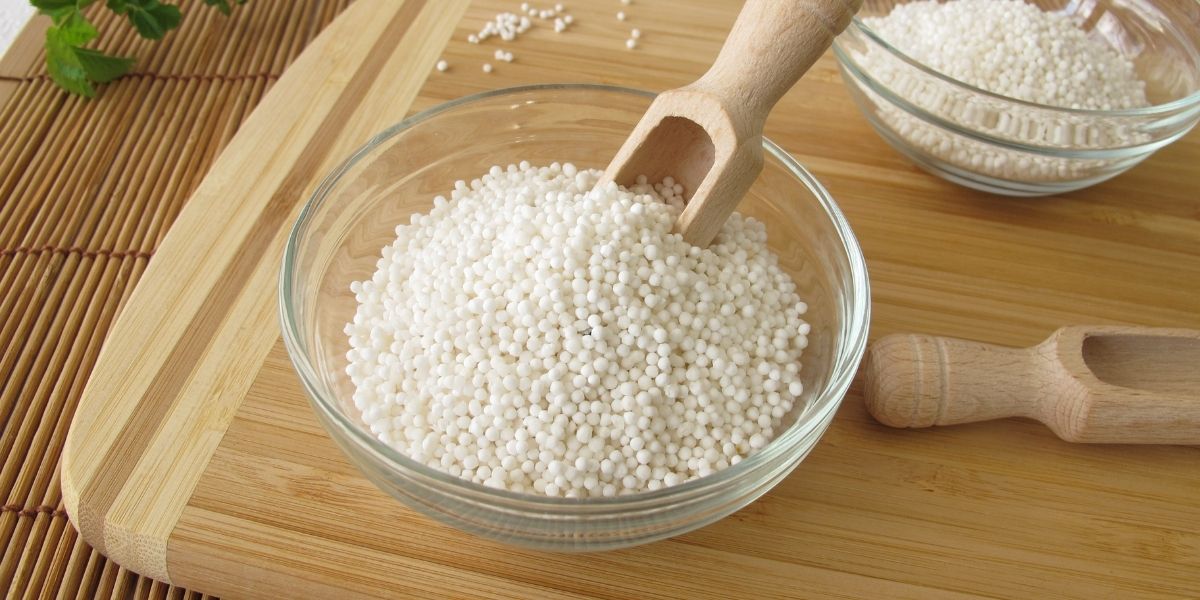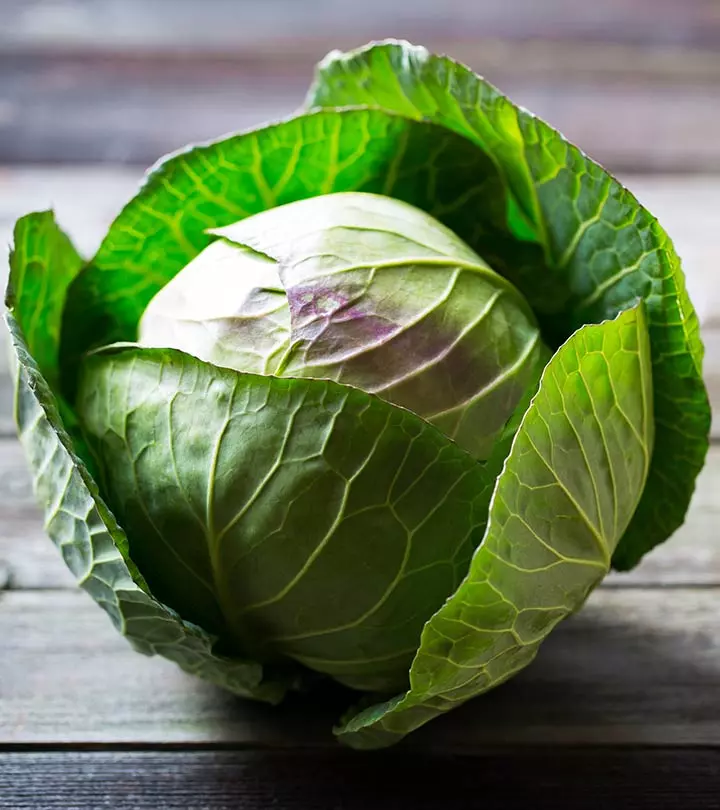Food
10 Benefits of sago or sabudana and side effects

Table of Contents
- For many, the name sago may not mean absolutely anything, but in reality, when we talk about sago we refer to one of the foods that have the highest amount of carbohydrates and energy in the world, which although it is little known because it is extracted in form of starch of the stems of the palms, they have great benefits for the protection and potential of your health.
- It is also known as tapioca pearls or sabudana if it is one of the healthy diets of starch and carbohydrates and is used in many Indian dishes.
- The health benefits of sago are known in various parts of the world for its impact on weight gain, blood circulation, bone mineral density, nerve function, blood pressure, and digestion.
- It also helps improve energy levels in the body. Therefore, it is important to understand where it comes from, what nutrients it can provide, and the potential health benefits it contains.
- It is considered a food that has a high cooling effect on the system and is quite easy to digest.
- It is also used to make cakes and bread; It is used as a substitute to tie dishes or make them thick.
- It is low in calories and it is an excellent option for light food, the health benefits of sago are associated with its form of starch that can facilitate digestion, among other things.
-
Health benefits of sago
Sago benefits include its ability to help gain weight, control blood pressure, and improve blood circulation. Let’s discuss the most common benefits in detail.
1.- Benefits of Sago for weight gain
If you are malnourished or live in an area where your food supply is uncertain, or if you are recovering from a prolonged injury or illness, the health benefits of sago can be a great and inexpensive way to gain weight quickly.
There are about 350 calories in every 100 grams of serving; This starchy substance can be turned into calorie-dense puddings and smoothies and can provide the energy you need to function normally and regain weight.
In weeks, you can only gain weight with the help of the health benefits of sago.
People suffering from eating disorders or lack of appetite can gain weight with the help of the rich amount of calories that tapioca root contains;
It has also been suggested to carcinoma and tuberculosis patients as it will help them regain the weight that was lost due to these diseases.
With nutritious and healthy components, sago is served as breakfast for children in India and Pakistan.
-
2.- Benefits of sago for blood pressure
There is a small amount of potassium in sago benefits, which can help solve blood pressure problems.
This, in turn, can lower blood pressure and lower the overall strain on the cardiovascular system.
Blood pressure can be kept under control by consuming sago.
The potassium content in sago benefits stimulates healthy blood flow that lowers stress on the cardiovascular system.
3.- Benefits of Sago for digestion
In terms of digestive problems or inflammation in the stomach, the health benefits of sago are often recommended as it is easy to digest.
Since it has a small amount of fiber, it can further speed up the digestive process and help rebalance the bacterial environment in the gut.
Pearl sago is used as an easily digestible non-irritating baby food, as well as food in inflammatory cases.
In such cases, the sabudana is boiled with milk or water and then sugar or spices are added to enhance the taste.
4.- Sago increases energy
Calories are the main source of energy for humans, they help drive all the processes that we take for granted daily.
A solid dose of calories in the form of easily digested sago is a great way to keep your energy levels high and regulated throughout the day.
Sago food is full of energy and is often served as a fast-breaking food.
It has high beneficiaries for sick people as a supplement that provides enough energy to fight weakness and ailments.
Large carbohydrates are contained in sago benefits, which is considered a good substitute for energy supplements or post-workout supplements.
Sago helps us regain the energy we lost during training.
If you are looking for a good source of sago food that is easily digestible, you can go for one without a second thought;
Having a sago dessert for breakfast will help maintain energy throughout the day;
Sago is known to increase glucosamine production that improves joint movements and muscle recovery.
5.- Sago increases bone mineral density
Although the mineral content in sago benefits is limited, there are small amounts of copper, iron, and calcium.
These can aid in the creation of bone tissues, which can strengthen bone mineral density, prevent the onset of osteoporosis, and also prevent inflammation throughout the body.
6.- Benefits of Sago for muscle growth
Not only does this starch provide a great deal of energy for a workout, but it also contains certain compounds that can help increase the speed of muscle recovery.
Essentially, regular consumption of sago helps your muscles work longer and ensure their repair and growth.
For people who are vegans, the health benefits of sago can become a very good source of protein.
A large amount of protein is contained which helps in muscle growth and strengthening, it also contains proteins that enhance the healing process and many other functions of cells.
7.-Sago reduces neural tube defects
With moderate levels of folic acid, the benefits of sago are known to many health experts to prevent neural tube defects in babies.
This is a common vitamin deficiency that can have serious effects on pregnancy and the newborn, so making sure you have enough folic acid is essential.
As we told you, the health benefits of sago contain folic acid and vitamin B, which helps the proper growth of the fetus.
Regular consumption of it will lead to the prevention of birth defects and neural tube defects.
8.- Improves nerve function
By positively altering your electrolyte balance in the body, sago can improve the functioning of the nervous system.
Our nervous system needs electrolytes to be in balance to effectively communicate messages from the brain to all other parts of the body, including the muscles.
9.- Increase circulation
One of the minerals that sago contains in remarkable quantity is iron, which is directly related to the production of red blood cells in the body and, therefore, circulation.
By improving the red blood cell count, you can increase blood flow to the extremities of the body, which can promote healing and repair, as well as increase your energy levels.
10.- Benefits of Sago for bone health
Minerals like calcium, iron, and some others are contained in sago’s benefits, helping to improve joints and bones.
Glucosamine production is increased with the help of sago, which mainly affects bone density, flexibility, and joint movement.
The increase in glucosamine production also increases the amount of synovial fluid found between the joints and the tendon sheaths and is also responsible for the smooth movement of the joints.
Sago Nutrition Facts
Sago is not widely praised for having an excellent diversity of nutrients, but it does contain a high level of calories; 350 calories in a 100-gram serving.
Sago is very high in carbohydrates, as are most starchy foods (potatoes, cassava, etc.), making it valuable in areas where energy sources are scarce.
It also contains a moderate amount of iron and low levels of potassium, calcium, and copper;
There are detectable amounts of vitamins, specifically folic acid and several other vitamins of the B family;
It contains minimal amounts of fat, protein, and fiber, with less than 2 grams of each in a 100-gram serving.
Due to this compact nutrient profile, sago is almost always combined with other nutrient-rich but low-calorie foods to create an energetic and nutritious mix.
As mentioned above, sago is low in nutritional value but high in calories.
If you consume it in excess, you may experience weight gain, when consumed in a moderate amount and properly added to your daily calorie intake, this starch can be very beneficial.
What is sago?
Sago is a starchy substance derived from the center of several species of palm trees;
The pith within the log is removed and dried to make sago granules or ground into fine powder;
It is the most used in New Guinea, where it receives other names, such as sago and rabies.
This starchy food comes in various forms, depending on its intended use.
The most popular is in the form of “pearls”, they are small balls that can be easily added to water, milk, or other sauces to thicken the mixture, forming everything from puddings to stews and curries.
You will also find sago pearls at the bottom of bubble tea, a popular drink in many Asian countries.
When the fine sago powder is kneaded with water, it releases the starch, which can be allowed to settle and harden.
From there, it can be formed into any shape and used in various culinary applications.
Despite not having significant nutritional value, it is still a very important staple in certain parts of the world.
Side effects of eating sago
In most healthful people, sago does not present any fatal side effects. It is not advised to eat sago regularly for those on a weight loss diet, as it rich in calories and starches.
Also, intake of too much sago may arise in digestive disorders like bloating, constipation, particularly in those with chronic conditions of diabetes and heart disease.
-

 Food2 months ago
Food2 months ago8 shocking benefits of leek juice and side effects
-

 Food1 month ago
Food1 month ago10 + Benefits of carrot juice and side effects
-

 Health1 month ago
Health1 month agoBenefits of guava leaves Sensually
-

 Health2 months ago
Health2 months ago10 shocking health benefits of Canary seed milk
-
Weight Loss2 months ago
Chrissy Metz Weight Loss Secret (2022)
-

 Health1 month ago
Health1 month ago7 health benefits of cashew leaves and side effects
-

 Weight Loss1 month ago
Weight Loss1 month agoKelly Osbourne weight loss 2022
-

 Food2 months ago
Food2 months agoHealth benefits of gongolili or vetiver and side effects



